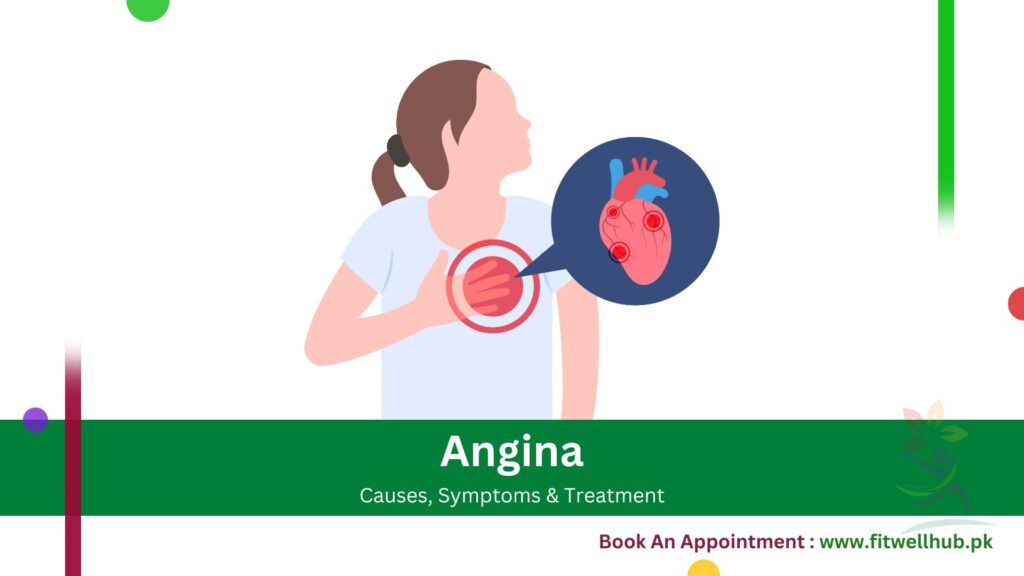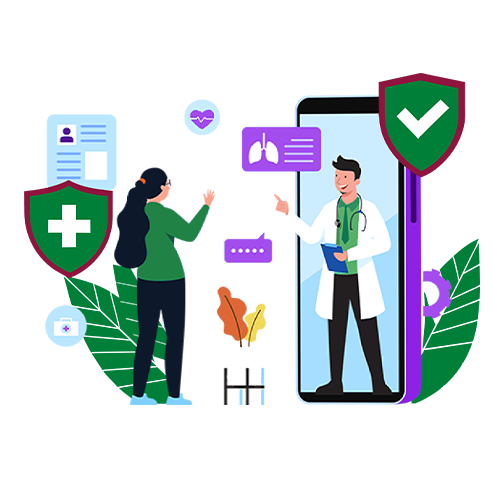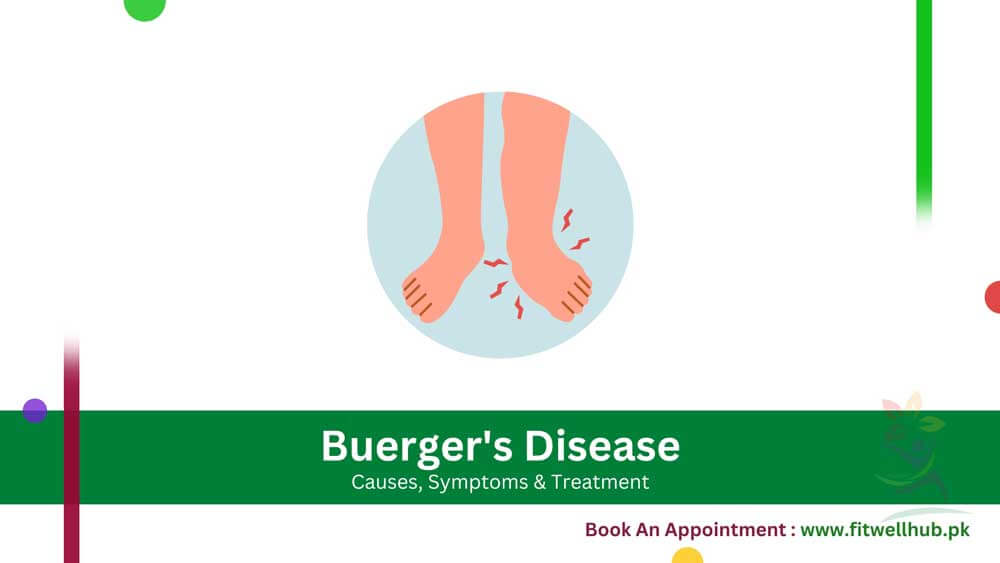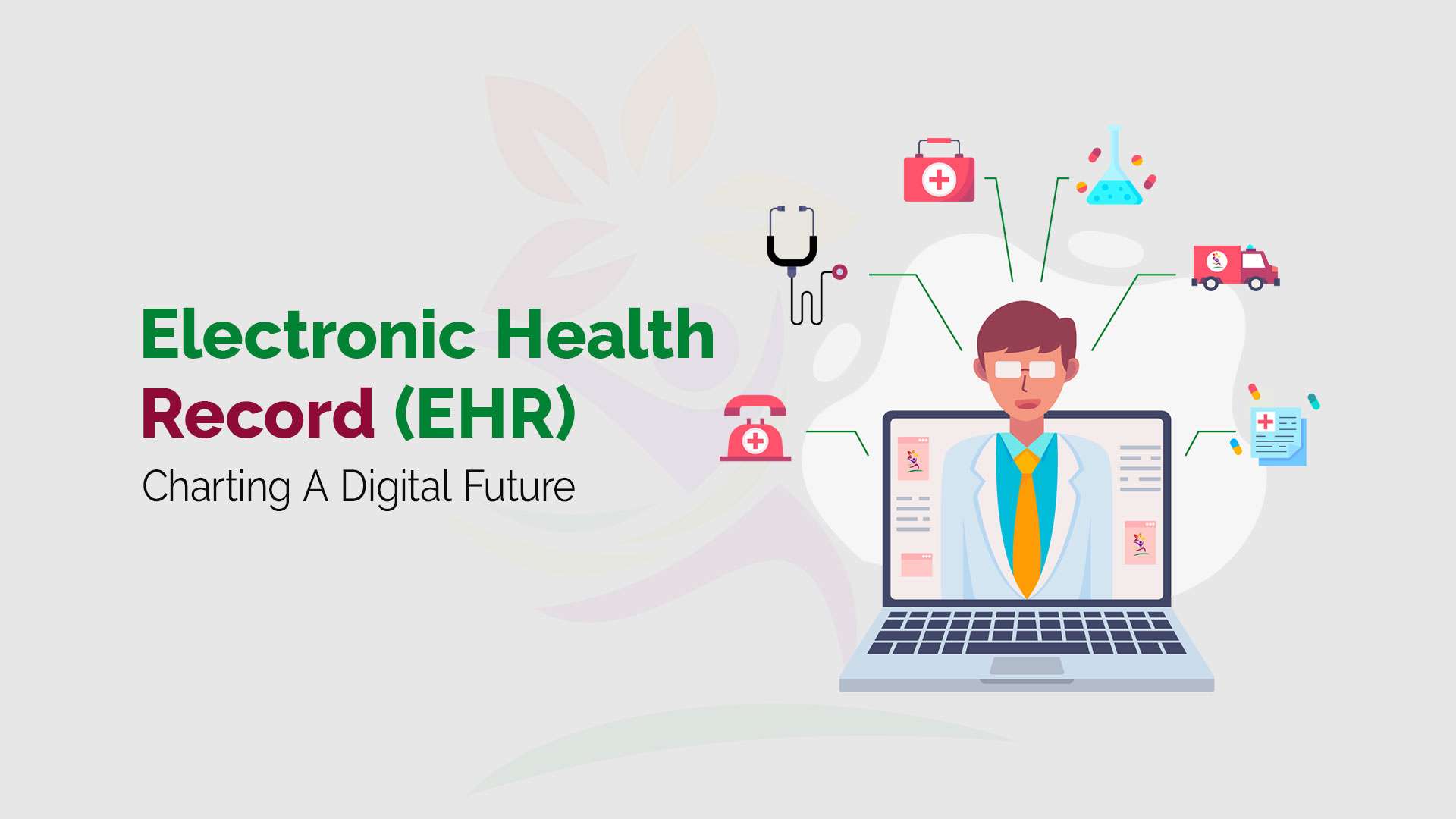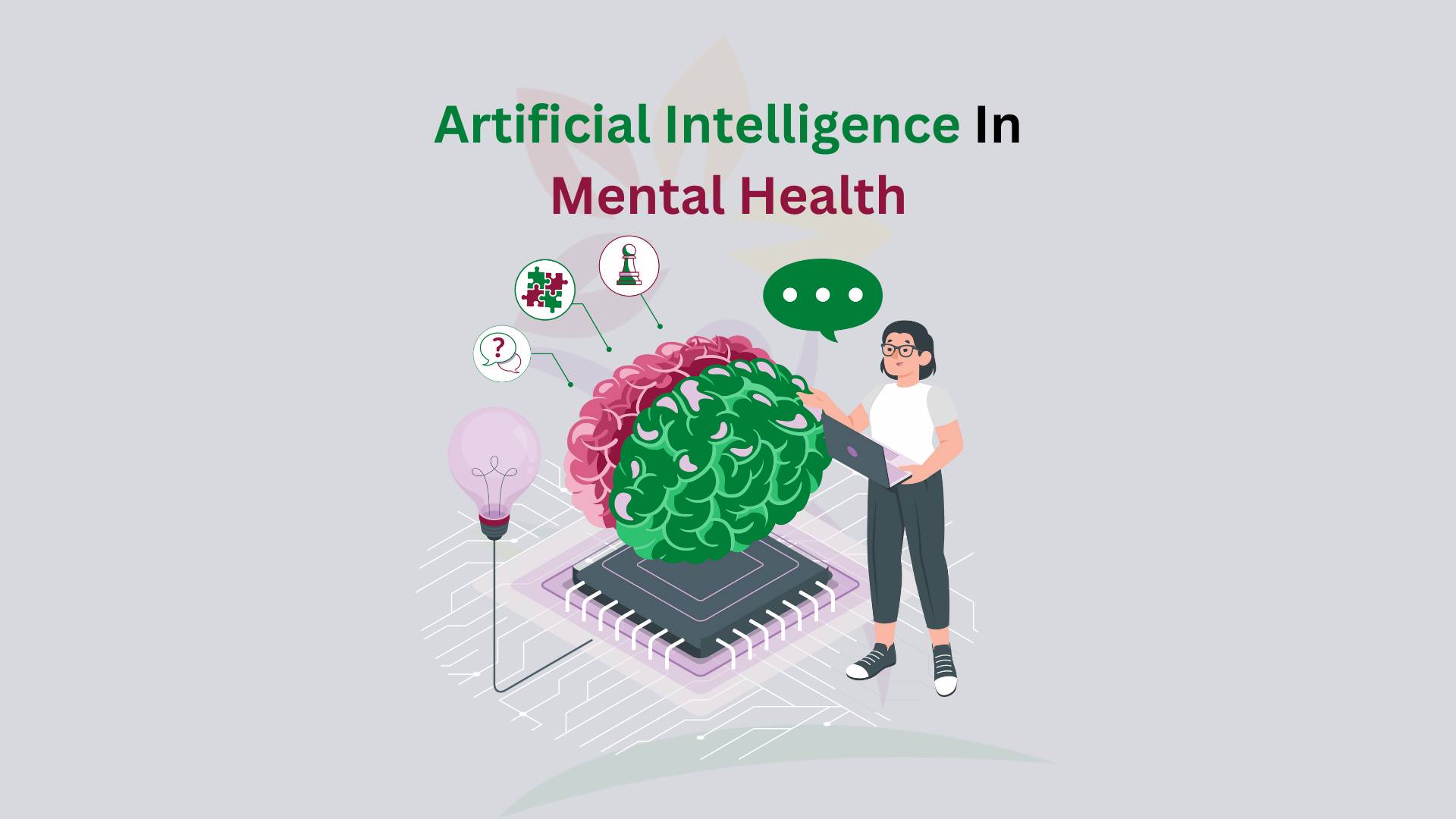Angina is a type of chest pain due to reduced blood flow to the heart’s muscles. This symptom is a clear indication of CAD (coronary artery disease) and usually happens when the heart has to pump extra blood during mental stress or other physical activity. The pain due to angina is usually described as heaviness, tightness, pressure, or squeezing in the chest and may also move to the arms, shoulders, back, jaw, or neck.
Quick Links
ToggleEven though angina is not a disease, it is a significant warning symptom that needs urgent medical attention. Treatment usually includes medications, lifestyle changes, and surgical procedures in some cases to enhance the heart’s blood flow.
Types of Angina
There are various forms of angina, such as stable angina, which generally occurs due to exertion, and unstable angina, which is the most dangerous type and is unpredictable, usually indicating a significant heart attack.
Symptoms
Some of the common symptoms of angina are given below:
- Chest pain or discomfort: Chest discomfort or pain is the primary symptom and is generally described as tightness, squeezing, or pressure. This pain usually occurs during emotional stress or physical activity when the heart needs more oxygen.
- Pain that radiates to the arms, neck, jaw, shoulder, or back: Its pain can move from the chest to other body parts like the arms, jaw, back, shoulder, or neck. This pain indicates the symptom of minimized blood flow to the heart, though it may be misinterpreted for symptoms of other diseases.
- Shortness of breath: During attacks, many people feel shortness of breath or difficulty breathing, particularly during physical exertion, as the heart struggles to pump excessive blood to fulfill the body’s needs.
- Nausea: Nausea sensation may also result, causing chest pain or discomfort, especially more common in females.
- Fatigue: Feeling fatigued can be a sign, even without exertion, especially in people with stable angina.
- Sweating: Extreme sweating is a common symptom of angina, particularly when accompanied by chest discomfort or pain. This condition is due to the stress of insufficient blood flow to the heart.
- Dizziness or lightheadedness: It may lead to lightheadedness or dizziness due to a decreased oxygen supply to the brain, especially during or after physical activity.
When to See a Doctor
If you notice pain or discomfort in your chest that lasts more than a few minutes or occurs regularly, you must see a doctor. The chest pain may be the first warning sign that you have developed Coronary Heart Disease (CHD), which puts you at greater risk for a heart attack, especially if it happens frequently and is severe or occurs while resting. Early medical attention is important for preventing serious complications.
FitwellHub provides complete cardiac care, such as consultations with experienced and senior cardiologists. To book an appointment, visit the FitwellHub.
Causes
The most common cause of angina is a reduction of blood flow to the heart muscle due to blockage or narrowing of the coronary arteries.
- Coronary artery disease (CAD): Coronary artery disease is the most common cause of angina. In this condition, coronary arteries responsible for blood supply to the heart muscle become blocked or narrowed, generally resulting from atherosclerosis.
- Atherosclerosis (plaque buildup in arteries): Atherosclerosis includes the accumulation of fatty deposits (plaque) in the artery walls. Gradually, this plaque may become hard and shrink the arterial walls, causing insufficient blood supply toward the heart.
- Coronary artery spasm: A temporary tightening (spasm) of the muscles within the coronary arteries that lowers or stops blood flow to the heart muscle, leading to angina. This form may develop without the presence of significant coronary disease.
- Anemia: Serious anemia can decrease the ability of blood to carry oxygen. Consequently, there is decreased oxygen delivery to the heart muscle, causing angina, particularly during physical exertion.
- Aortic stenosis: The narrowing of the aortic valve, known as aortic stenosis, restricts the blood flow from the heart, causing angina, especially during physical activity.
- Hypertrophic cardiomyopathy: In this condition, the heart muscle becomes thickened, which may restrict the flow of blood and lead to attacks. It is mostly inherited and has been found to affect young individuals as well.
Risk Factors
There are a variety of risk factors that can increase the likelihood of angina. Knowing these risks supports prevention and management.
- Age: The chances of angina are higher in older people, especially women who have crossed the age of 55 and men above the age of 45.
- Family history: If there is a family medical history of heart disease, then the risk of developing this condition is also higher.
- Smoking: Arteries lining can be harmed by smoking, causing atherosclerosis and raising the chances.
- High blood pressure: Uncontrolled hypertension may cause narrowing and hardening of arteries, raising the chances.
- High cholesterol: Very high LDL cholesterol levels may lead to plaque deposition inside the arteries that results in angina.
- Diabetes: Diabetes promotes atherosclerosis, which contributes to coronary artery disease, causing angina.
Complications
1- Heart attack
The most serious side effect of angina is a heart attack, which happens when the flow of blood in our coronary artery stops completely and tissue of cardiac muscle dies. This condition can be fatal if not treated timely.
2- Heart failure
Heart failure is another serious complication, where the heart’s ability to pump blood is impaired, arising from damage to the heart muscle during recurrent angina. This disease can significantly affect quality of life and needs long-term helathcare management.
3- Arrhythmias
Angina can lead to an irregular heart rhythm (arrhythmia), which is an abnormality in the pattern and timing of heartbeat and may become life-threatening if not treated.
4- Acute coronary syndrome
Angina, especially if not well-managed, can progress to Acute Coronary Syndrome (ACS). A study in Pakistan found that 36.9% of patients presenting with chest pain were diagnosed with ACS.
Prevention
Angina can be prevented by making effective lifestyle changes to decrease the chances of coronary artery disease and other primary causes. Some preventive measures involve:
| Prevention Strategy | Description |
|---|---|
| Quit Smoking | Quitting smoking decreases the chances of angina and improves overall well-being. |
| Maintain a Healthy Diet | Eating a diet low in saturated fats, trans fats, cholesterol, and sodium helps prevent atherosclerosis. |
| Exercise Regularly | Regular physical activity supports cardiovascular health and reduces the risk of coronary artery disease. |
| Control Blood Pressure and Cholesterol Levels | Keeping blood pressure and cholesterol levels within a healthy range significantly reduces the risk of angina. |
| Manage Stress | Managing chronic stress prevents increased blood pressure and unhealthy behaviors that raise angina risk. |
FitwellHub offers a Healthy Elite Lifestyle Program designed to promote heart health and prevent conditions like angina. For more information, visit the FitwellHub Help page here.
Diagnosis
Diagnosing angina usually consists of a physical examination, diagnostic tests, and medical history
- Electrocardiogram (ECG): An ECG can identify any changes that indicate a past heart attack by recording the heart’s electrical activity.
- Stress test: Stress tests can assist in identifying activity by monitoring the activity of the heart during physical exertion.
- Coronary angiography: This type of imaging test uses X-rays and a special dye to see the coronary arteries and identify blockages.
- Blood tests: Blood tests assist in diagnosing heart attack or angina as they can calculate levels of certain proteins and enzymes that increase with heart damage.
FitwellHub offers standard diagnostic services to assist in identifying and managing angina. To schedule a test, visit the FitwellHub Lab.
Treatment
Angina treatment strategies aim to lessen the chances of complications, prevent further episodes, and relieve symptoms.
- Medications: Different medications, such as beta-blockers, nitrates, and calcium channel blockers, can help alleviate angina symptoms and prevent further attacks.
- Lifestyle changes: It can be managed through lifestyle modifications such as healthy eating and exercise.
- Surgical procedures: In more advanced cases, treatment methods such as CABG (Coronary Artery Bypass Grafting), stenting, or angioplasty may be crucial in restoring blood flow toward the heart.
Medications
Medications are generally necessary for angina therapy to reduce symptoms and prevent long-term complications.
1- Nitrates
It is the most commonly used medication that relieves symptoms of angina rapidly by widening the blood vessels and enhancing blood flow to the heart.
2- Beta-blockers
Atenolol or metoprolol can lower heart workload and blood pressure, thus preventing angina.
3- Calcium channel blockers
Diltiazem or amlodipine can reduce the frequency of angina episodes, as they can widen and relax blood vessels, enhancing the blood flow to the heart.
FitwellHub provides an extensive range of medications for treatment. To book your medications conveniently, visit the FitwellHub Pharmacy.
Frequently Ask Questions (FAQ’s)
It often appears as discomfort or chest pain, dizziness, fatigue, sweating, nausea, and shortness of breath. Pain can also spread to the neck, back, or arms.
A severe blockage of blood supply to the heart muscles results in a heart attack, which leads to chronic heart muscle damage. On the other hand, is a type of chest pain caused by reduced blood flow that is usually temporary and cured with rest or medicine.
Diagnostic tests such as stress tests, electrocardiograms (ECGs), blood tests, and coronary angiography are used to diagnose angina assess heart function, and identify blockages.
Decreased blood supply to the heart muscles, usually as a result of coronary artery blockage or narrowing from conditions such as atherosclerosis or coronary artery disease, is the cause of angina.
Unstable angina can be life-threatening, leading to complications such as heart attacks that need immediate medical care. While stable angina is usually manageable.

